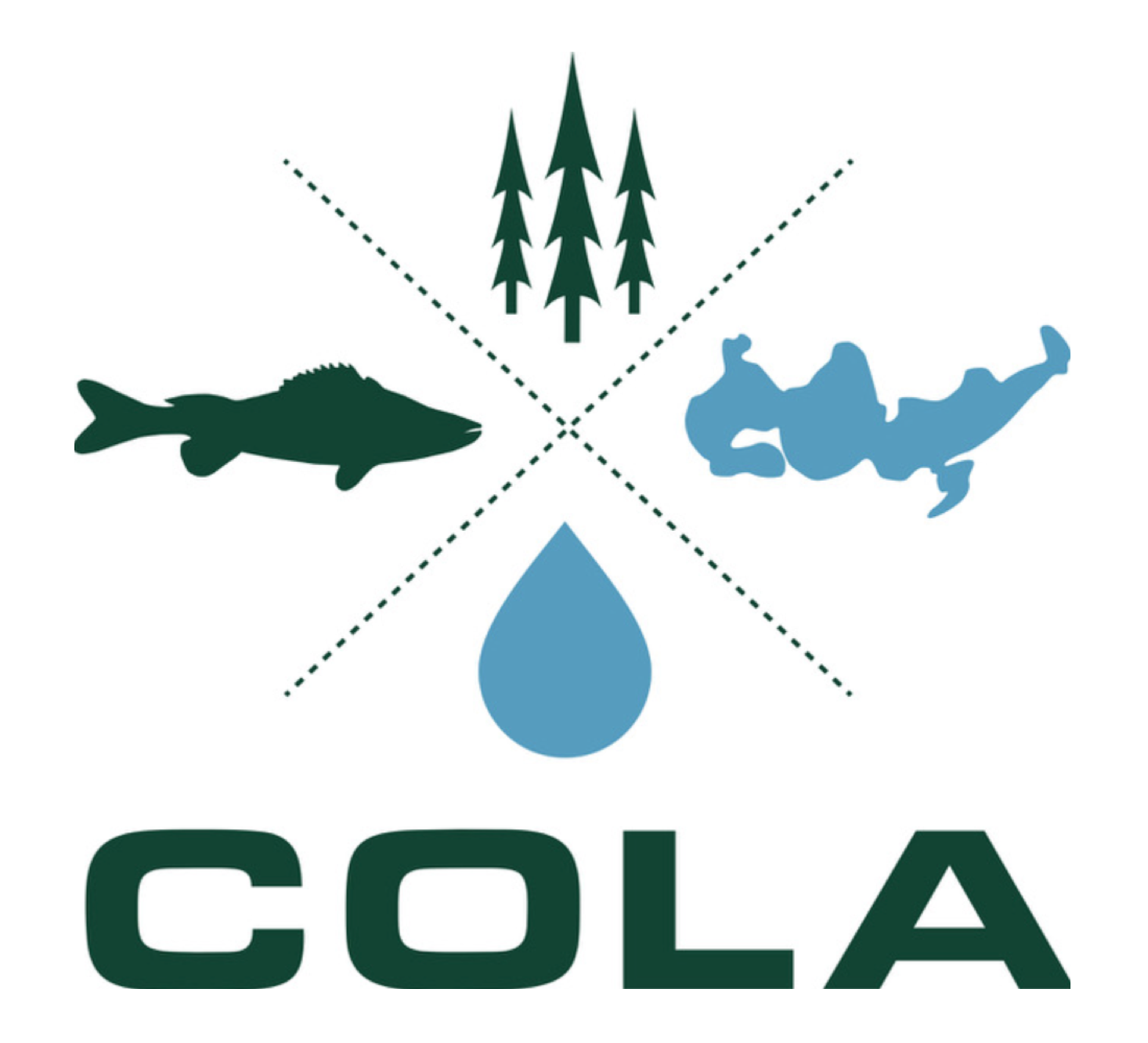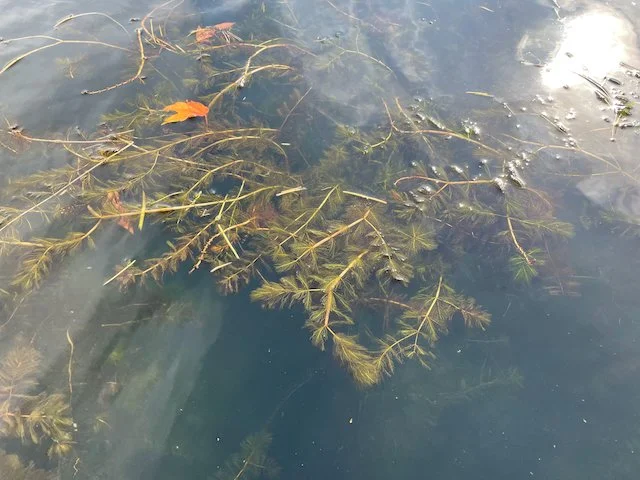Wisconsin DNR awards COLA $150,000 for Aquatic Invasive Species Management
In mid-February, the Wisconsin Department of Natural Resources (WDNR) awarded COLA a $150,0000 grant for management of Aquatic Invasive Species (AIS) in the LCO lakes for the years 2023 and 2024. Additionally, a $4,000 grant was awarded to fund the Clean Boat/Clean Water boat launch inspections, along with a $1,400 grant for video cameras. COLA, through its members' donations of cash and volunteer work, is required to match at least 25% of total project costs. This support from WDNR and donations from members means that COLA now has the resources to protect the LCO lakes.
COLA had been busy working on the plan for 2023 treatment of AIS (specifically, Eurasian watermilfoil and curly-leaf pondweed) since last spring. In the last year, we found and mapped locations of over 50 acres of AIS in Big and Little LCO. Numerous patches were found resulting from reports by property owners. Maps of AIS locations are provided here. (AIS patches are a moving target year-to-year, so some may have been missed.) These maps provide both a whole-lake view and larger-scale views bays and basins.
Additional planning relates to developing treatment options and obtaining permits. We had meetings with AIS experts and WDNR on the best treatment options. We consulted with AIS treatment applicators about strategy, cost, and grant funding. As aquatic herbicides are being proposed, COLA's plans will remain transparent to property owners and other lake users.
Treatment plans are NOT completed, and the following plan will probably be adjusted. On Big LCO, large AIS patches such as those found on the west shore of Stukey Bay, Elto Bar, far east Musky Bay, Ashland Pt Bay, NW shore of the Central Basin, Chicago Bay, and Anchor Bay will be treated with aquatic herbicides. On Little LCO, aquatic herbicides will be used to treat large patches of AIS along the north shore, near the Mission, and Snowshoe Bay.
Smaller patches will be harvested mechanically with the Eco-Harvester. COLA is also considering using divers to remove small patches as a pilot test program. Property owners are allowed and, in fact, encouraged, to pull out AIS near their docks.
Proposed treatment areas on LCO. Click here for more detailed maps.
COLA must obtain specific permits from WDNR or other agencies to pull or treat AIS with herbicides.
Permits specify treatment methods, timing, chemicals, concentrations, and amount of post-treatment evaluation among other issues. Only trained and licensed applicators are allowed to apply herbicides.
WDNR reviews permit applications in multiple ways. Each lake is reviewed by teams (biologists, fishery specialists, etc.), and each lake is considered for special conditions. Permits are also reviewed by Inter-Tribal review boards and neighboring agriculture interests. Public Notice of our permit application was published in the Sawyer Record on February 22, 2023.
Each aquatic herbicide has a fact sheet developed and approved by the WDNR, USA EPA and the WI Department of Agriculture. Lac Courte Oreilles is unique in that cranberry bogs use lake water for several operations (freeze protection, harvest, etc.). One of the preferred, highly-targeted chemicals, Procellacor (florpyrauxifen-benzyl), which has had excellent results elsewhere, is not yet approved for waterbodies where neighboring farms use the water, so we cannot use Procellacor on Big LCO. We presently believe we will be allowed to use it for Little LCO, but it will be limited in scope. Procellacor is also very expensive. Alternative chemicals are Diquat, Endothall, Aquathol (a reformulation of Endothall), and Aquastrike (a combination of Endothal and Diquat). Again, we are still developing the correct strategy. While we have received permits for mechanical harvest of AIS, we do not yet have WDNR approval of our herbicide permits. But COLA has been working closely with both WDNR and the LCO Conservation Department, and we expect favorable outcomes.
The EPA, WDNR, and herbicide producers develop chemical fact sheets stating how each herbicide is to be applied and what precautions must be taken during treatment. These precautions generally state that the treated water will be safe to swim and fish in, but that treated water should not be directly consumed by humans immediately after treatment. There may be some restrictions for use on plants and crops for a short period.
However, every fact sheet is different, so COLA will deliver these fact sheets to adjacent property owners by email with links or via postcards and on COLA's web site as treatments near. Additionally, signs will be posted along the shoreline close by treatment sites before and on the day of treatment.
COLA is grateful that WDNR financial support and member donations allow COLA to directly confront AIS on the LCO lakes. We will keep our fellow lake property owners and users up to date as things change, which they surely will as we work through the permit and planning process.
If you would like more information about AIS treatments, contact communications@cola-wi.org.


